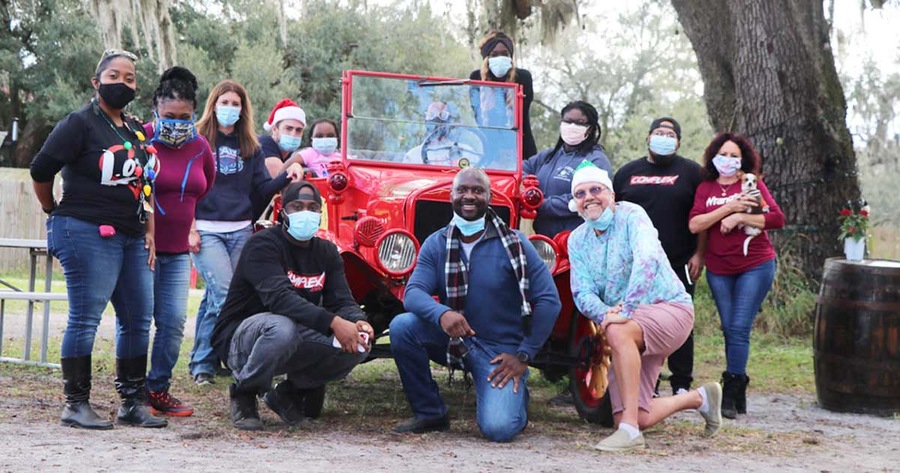There are almost two million nonprofits registered in the United States. The nonprofit world has plenty of competition and the growth is expected to continue. As an executive consultant with Nonprofit Enthusiast, I get a chance to connect with a diverse group of organizations. Their immediate need is often funding, but the competition is tough, and the know-how is not always there in terms of fund development and strategic planning. I consider a new nonprofit an organization that’s been in operation for less than three years and with a budget under $50k. When we train these new nonprofit agencies, one of the core values around fund development that we share is that the key to successful fundraising is friend-raising.
What is Friend-raising?
Friend-raising is certainly not like networking. It’s much more intentional and purposeful. It is a form of fundraising that involves befriending an organization or individual for the purpose of supporting a nonprofit financially. Friend-raising is heavily dependent on identifying and qualifying a potential donor and using that information to cultivate a mutually beneficial relationship. It’s where the donor receives support, and the donating organization gets to live out its philanthropic goals.
Why Friend-Raising Is Important to The Fund Development Cycle
Friend-raising is an important tool in the fund development cycle because fundraising is often practiced transactionally. A one-gift-wonder type of donor culture. Here today, gone tomorrow. This environment has caused a deficit in retaining donors with numbers that hover around 45% nationally. Keep in mind, that once donors are lost, they seldom return. The rate to recapture a lost door declined steadily over the years as well, going from 6.9% to 5.1%. These statistics show a clear need for nonprofit organizations to integrate friend-raising techniques as a part of their fund development activities.

5-Steps That Help with Friend-raising
- Connect with potential donors who share your vision and values, while also expressing the need for collaboration. To build these relationships, prospects need first to understand your brand, your view of the future, your organizational value, and what you stand for.
- Conduct one-on-one interviews and group discussions with both internal and external stakeholders.
- Start the conversation by integrating what you’ve learned about a prospective donor with what you know about your organization—then look for ways to help advance the donor’s cause through your organization’s programs and services.
- Friend-raising means connecting on 2 levels– making friends and getting checks—requires that you connect on both rational and emotional levels.
- Rational: a prospect needs to be convinced that you’re the best place to invest, that you’re well managed, that you’ll be good stewards of gifts, and that you’ll get the job done (data-driven).
- Emotional: nonprofits must connect on an emotional level. This connection must be authentic and resonate with the donor. A potential donor may believe in your institution, but they are often motivated to give because they care deeply about the organization’s mission (anecdotal)
- Cultivating donors through marketing strategies is a necessary process when friend-raising. It’s not an event, but a mix of print, digital, and social media communications helping to move the friend-raising relationship forward.
Fundraising is an important element in the fund development cycle. Nonprofit agencies are faced with heightened levels of operational needs since the pandemic. They must utilize every tool available to develop, steward and retain donors. Friend-raising is just the right approach to encourage donors to develop a unique and special relationship that’s beneficial to both parties involved and a more sustainable relationship-building tool than networking.
At Nonprofit Enthusiast, we’re always looking for way to help you and your organization. For more tips, tricks and resources; be sure to check out our other blogs!




